Student Projects Show Future of Engineering
Underwater cabling specialist Global Marine Systems Limited and its joint venture partner Huawei Marine Networks (HMN), an expert in submerged telecommunication systems, have participated in the Engineering Education Scheme (EES), organized by the Engineering Development Trust (EDT) for the second year running.
The EES is a national scheme that links teams of up to six school students from Year 12, and their teacher, with local companies to work on real engineering, scientific and technological problems. In operation since 1984, the idea of the EES is to provide in-depth experience that will enable students to make informed decisions about their future studies and career.
In the EES project, Global Marine and HMN once again supported four students (Rosie Hudson, Peter Barron, Ashley Wiggins and Ed Spurling) from Bury St Edmunds County Upper School in Suffolk. The students were asked to develop a new method of wrapping yarn on to armored cables and create a working prototype of a ‘motorized serving machine for armored cable’. During the six-month project phase, the students were encouraged to show industrial enterprise, creativity and innovation, which would allow them to gain extensive experience of problem solving, team-working and project management. Personal development education through work related learning is at the core of the EES.
Under the guidance of their teacher at Bury St Edmunds County Upper School, Roger Rande, as well as Dave Foulger, Design Manager at HMN (and a STEM Ambassador for the EES), and Adrian Jarvis, Senior Mechanical Engineer at HMN, the students developed concepts, designed parts, created and tested prototypes, and prepared for their final assessment.
The project culminated with a ‘Celebration and Assessment Day’ hosted at the University of Hertfordshire earlier this year. Here, the students set-up a display stand highlighting details of the project and delivered a separate presentation of their work for scrutiny by a panel of experts. Feedback from the assessors was extremely positive. The team excelled themselves, beating the average regional marks in nine of the 13 categories, showing particular skill in planning, creating solutions and report writing.
“The students enjoyed the experience and expressed their ambition to pursue engineering careers, which was the ultimate aim of the project,” said Adrian Jarvis. “The prototype was a great success and will now be developed further by HMN.”
The students have been presented with EES certificates signed by Gordon Mizner, Chief Executive of the EDT. Last year over 1,200 students participated in the EES – historically over 90 percent of participants go on to study for a STEM-related degree the most popular being engineering.



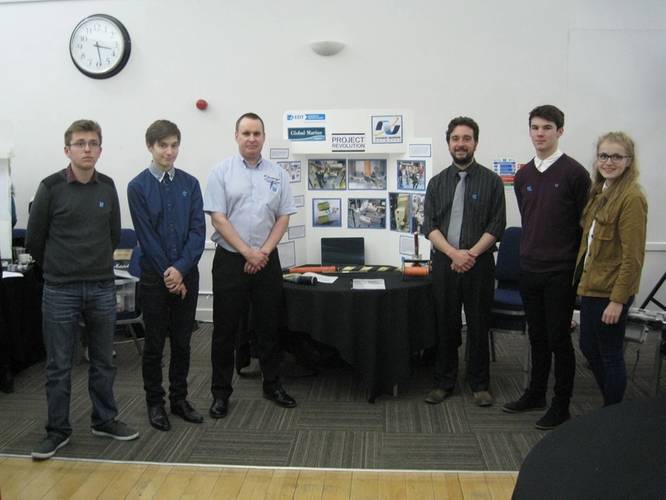
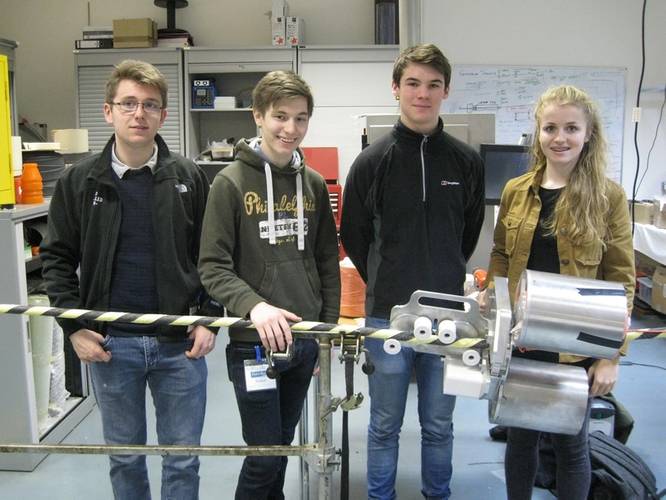
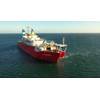
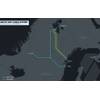
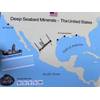
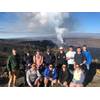

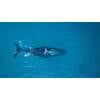








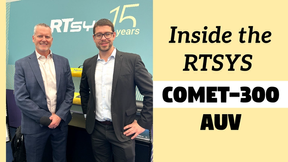
 February 2025
February 2025



